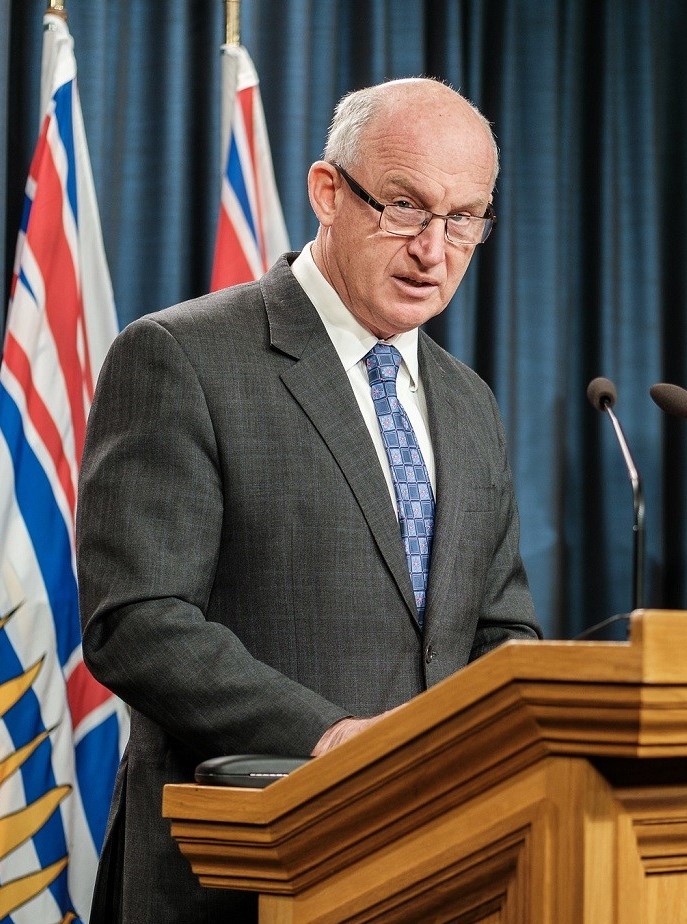“I’m urging everyone to test their smoke alarms at least once every six months to keep their homes and families safe”
A provincewide fire-safety campaign will help save lives and reduce fire-related injuries by educating people in British Columbia about proper smoke-alarm use and reducing fire risks in homes.
“Properly functioning smoke alarms are a key step in keeping people and families safe if a fire does break out,” said Mike Farnworth, Minister of Public Safety and Solicitor General, on Tuesday. “I’m urging everyone to test their smoke alarms at least once every six months to keep their homes and families safe.”
In partnership with the BC Injury Research and Prevention Unit, the Province has provided $1.6 million to promote community fire-risk reduction through a smoke-alarm education campaign to raise awareness, transform attitudes and change behaviours toward fire safety to reduce fire-related injuries and deaths.
The Firesafe: Ignite Awareness, Extinguish Fires campaign runs for four weeks this fall and consists of mixed-media and social-marketing approaches to reach all British Columbians, including advertisements through radio, television, social media and bus stops.
“I’m excited to announce our partnership with the BC Injury Research and Prevention Unit and launch of the FireSafe Campaign,” said Brian Godlonton, B.C.’s Fire Commissioner. “Working smoke alarms are the easiest and most effective way to reduce the risk of fire-related injuries and deaths throughout our province. By installing working smoke alarms, and by urging everyone to test their smoke alarms, we know we’re helping to keep British Columbians and their families safe.”
The Province has also partnered with Statistics Canada to build a community fire-risk-reduction dashboard. Alongside the education campaign, these two integrated projects will help B.C. fire services prevent fires, reduce injuries and save lives, which is crucial given the increasing trend in fire-related deaths.
Fire prevention week is October 8-14. This year’s theme – Cooking safety starts with you. Pay attention to fire prevention – works to educate everyone about simple but important actions they can take to keep themselves and those around them safe when cooking.
Learn More:
For more information about Fire Prevention Week, visit:
BACKGROUNDER
Facts about smoke alarms
* Smoke alarms are a key part of a home fire-escape plan. When there is a fire, smoke spreads fast. A working smoke alarm gives people an early warning so they can get outside quickly.
* Smoke alarms should be installed inside every sleeping room, outside each separate sleeping area and on every floor, including in the basement. Larger homes may need extra smoke alarms.
* A smoke alarm should be on the ceiling or high on a wall. Keep smoke alarms away from the kitchen to reduce false alarms. They should be at least three metres from the stove.
* It is best to use interconnected smoke alarms. When one smoke alarm sounds, they all sound.
* Test all smoke alarms at least once a month. Press the test button to be sure the alarm is working.
* A closed door may slow the spread of smoke, heat and fire.
* Current alarms on the market employ different types of technology including detecting both smoke and carbon monoxide.
* People are encouraged to update their smoke alarm if the alarm is more than 10 years old. Today’s smoke alarms will be more technologically advanced to respond to a multitude of fire conditions yet mitigate false alarms.
* People who are hard of hearing or deaf can use special alarms. These alarms have strobe lights and bed shakers.













